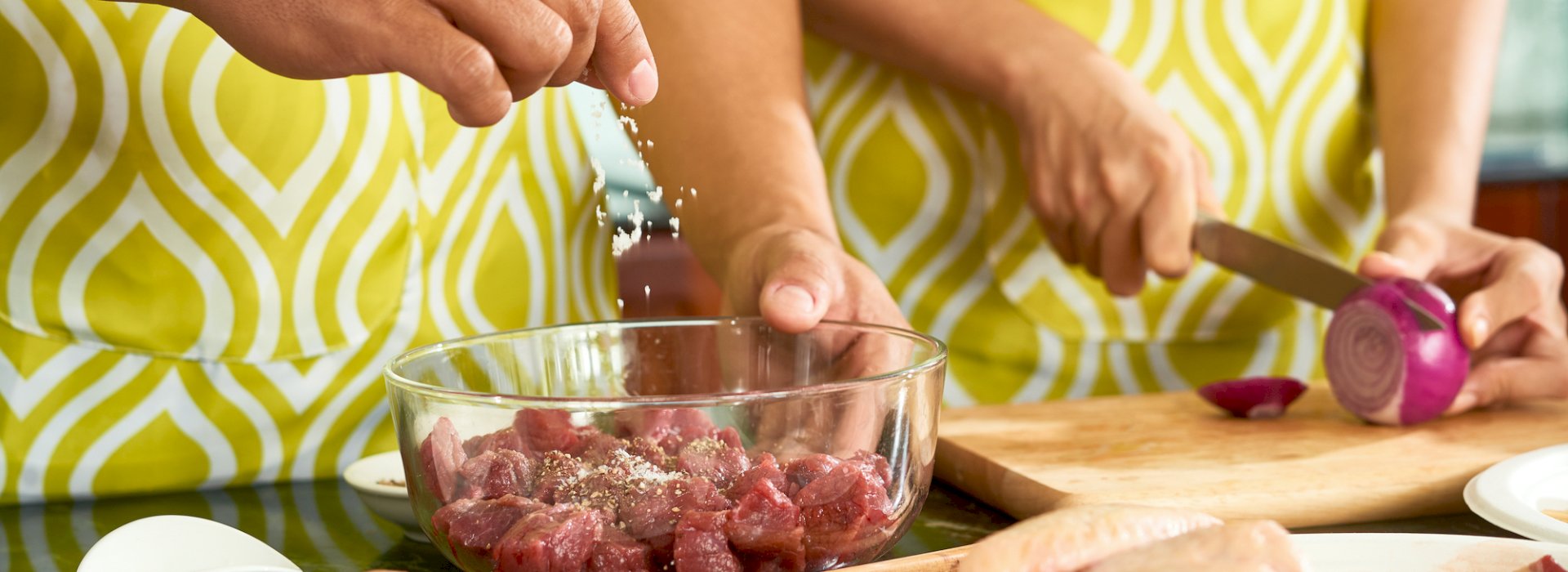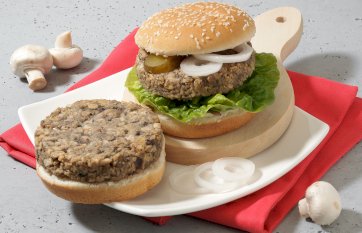Conversation with Karolina Mikita, Customer Advisor at Libra Food Ingredients.
- Why do we add flavours to meat products?
- In times of very diversified assortment on store shelves, the most important differentiator for products, is taste. Nutritional values, clean label and price are factors that everyone pays attention to. So products in the same price range are generally similar regardless of the manufacturer. Currently, the taste is the key factor that allows to recognize products. Traditional meat production methods, that require lengthy processing, are expensive. Customers seeking economical solutions certainly don't want to resign from the excellent flavour. Nowadays, the flavouring of meat products is a matter of course for most producers.
- Which scents are most commonly used in the Polish market?
- Flavours serve various functions, and we have a wide range of them. The simplest and most commonly used are those that simply enhance and accentuate the natural taste of meat products. Another group is smoke flavour, that can significantly reduce the time of staining the meat in the smoking cabin. It results both production speed and cost efficiency, while also reducing the amount of harmful compounds that get into the meat from real smoke.
The last group includes flavour additives that give products various imaginative taste profiles. We can have ham with the scent of burnt butter, tenderloin with the taste of walnuts, or cabanoses with the flavour of dried plum or cherry. In this case, manufacturers rely on market research and various consumer trends to create seasonal offerings that usually appeal to customers seeking novelty.
- How are flavours applied?
- The most popular method is adding it to brine. This ensures that the taste is evenly distributed throughout the meat or filling and properly absorbed. Smoke flavours are often mixed with marinades in which meat rests before being placed in the smokehouse.
- Does the flavour change during heat treatment?
- It depends: some flavors are thermostable and maintain their taste regardless of the process they undergo. However, there are also scents that taste different depending on the temperature of the product. Our taste buds naturally react differently to products at various temperatures. On the other hand, flavours used in pasteurized products must have the exceptional resistance and taste stability under high-temperature conditions.
- How is flavour declared on the label?
- That's a topic that is always interesting for our customers. I believe we should address it in the separate conversation because it's a subject worth further exploring.
At present, I'll just mention that the R&D department always takes labelling expectations into account when developing functional ingredients. And of course, we provide a complete specification for each flavour with information how to declare it. Sometimes, we have the option to use more than one declaration method, which we also include in our specification.
- How are flavors applied? Is it easy to overdose them?
- This is a highly individual matter. R&D departments typically test various levels when designing specific products. People working with flavours have a wide experience, so as long as our clients follow the recipes, the level of those products should be optimally adjusted. The dosage of flavour also depends on the customer's preferences, taste/aroma, and the desired intensity they want to achieve.
- Thank you for the conversation.





